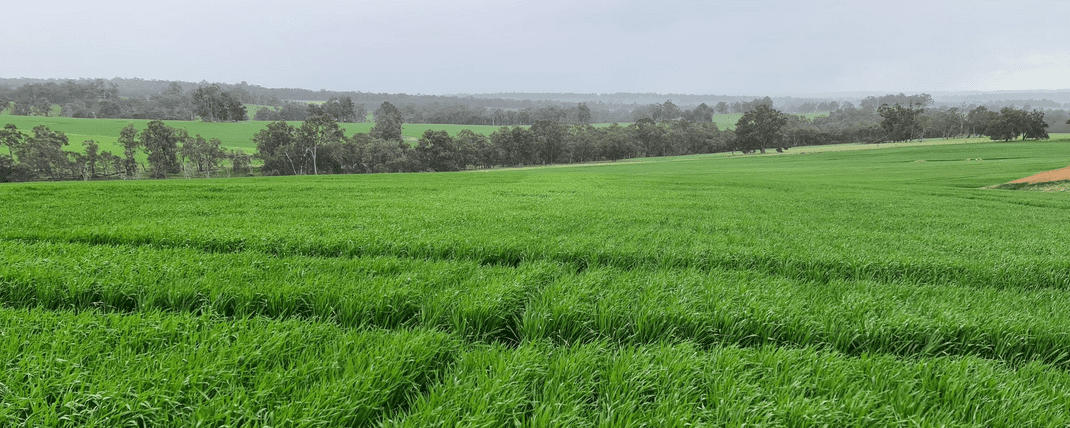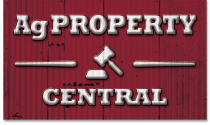
The 1882ha Kookaroo Farm at Frankland River includes around 1350ha of arable country. Photo: Nutrien Harcourts
DEMAND for farming land in Western Australia’s Great Southern region is outstripping supply, with high rainfall one of the driving factors.
Nutrien Harcourts agent Joe Galantino said there are two types of buyers stepping forward at present.
“Some Western Australian farmers are looking to shore up their water requirements and as a result are looking for safer, high rainfall country to diversify or relocate their operations,” Mr Galantino said.
“Farmers from the eastern states, such as New South Wales, are seeking value-for-money country.
“The price of farmland is challenging to expand where they live, so they are seeking to replicate what they already have and also diversify their operations.”
When it comes to a future-proofing their existing operations, Mr Galantino said farmers have a property checklist.
“Number one is reliable rainfall or access to water, and number two is soil types that are productive and consistent.
“Topography and elevation also play a part for good moisture usage, as well run-off capture and avoiding frost events.
“Other factors include proximity to ports and major regional centres.”
Mr Galantino said the Great Southern region, and in particular Frankland River, was ideal for mixed farming operations.
“Farmers can easily flex their plan depending on the season, for example, grow more crops and run less livestock or vice versa.”
Mr Galantino said there was plenty of offshore and interstate inquiry for local farming properties.
“Currently, there are more buyers than sellers; it has been like that for a while.
“It is just a case of finding the right property to suit the buyer requirements.
“The Great Southern area is attractive because it is a higher-rainfall region.
“Some producers are looking to relocate, while others are seeking to spread their geographic diversity.”
Mr Galantino said many farmers are drought-proofing to the coast.
“A run of dry seasonal conditions has impacted both feed and water.
“Dams that have never run dry are now dry, while the continued extreme heat is pushing others to look to the coast for respite.”

Blackwattle Farm at Frankland River includes 2000ha under a canola-cereal rotation, and grazing for 7000 ewes. Photo: Nutrien Harcourts
When it comes to the future of live sheep exports, Mr Galantino said many producers were considering a worst-case scenario.
“The younger generation doesn’t believe livestock is the best investment of their time and resources going forward. In comparison, older farmers suggest a mixed farming operation works best and that sheep are a key management tool for sustainable farming practices.
Mr Galantino said while older farmers are concerned about the future of live exports, they are not prepared to convert their operations solely to cropping.
“As a result, they are looking at winding back their involvement and exiting the industry. So, if the next-door neighbour is 20 years younger and looking to expand, they may consider selling is the easier option for them all round.”
Properties currently for sale
4620ha Blackwattle Farm: Prime mixed farming 2km south of Frankland River and 70km west of Mt Barker, with 3413ha arable and 2000ha under a canola-cereal cropping rotation. Balance grazing 7000 ewes for prime lamb and wool production.
1882ha Kookaroo Farm: Continuous cropping or mixed grazing 16km west of Frankland River and 137km from Albany Port. Around 1350ha is arable, with 953ha planted to barley, canola and
wheat and the balance running 4450 sheep;
1072ha Connamara: Mixed farming near Frankland River with 836ha arable and suited to cereals, canola or legumes. Capable of supporting 7000 ewes; 15DSE/ha.
1218ha Que Sera: Picturesque mixed farm with 1020ha arable; 520ha wheat, barley, and canola with balance running 2800 ewes; 4DSE/ha.
Grain Central: Get our free news straight to your inbox – Click here

HAVE YOUR SAY